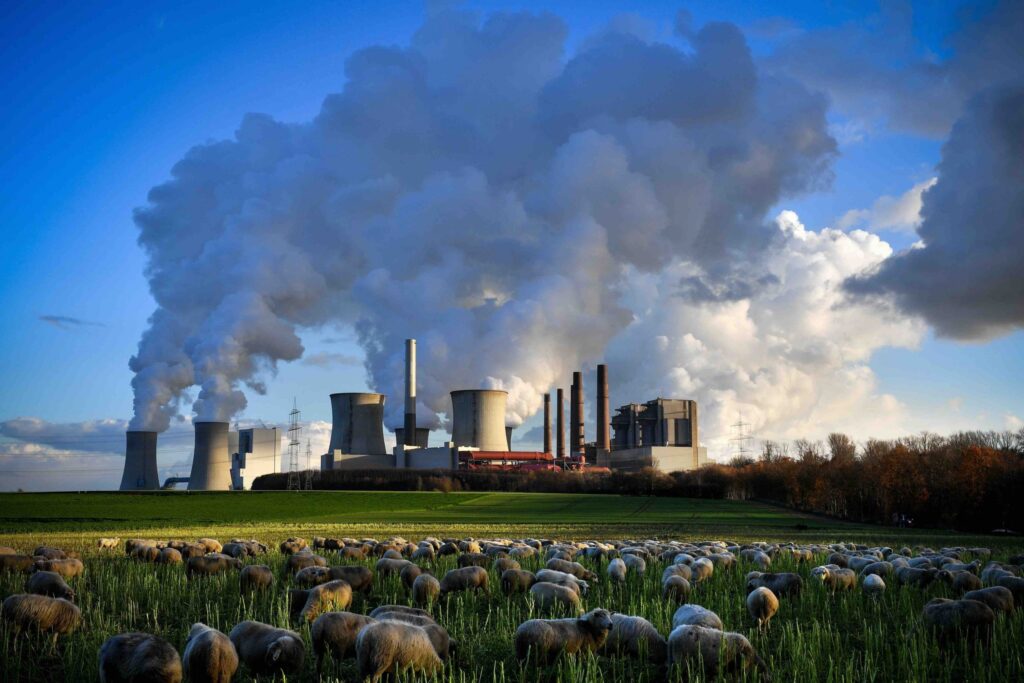
Ross Garnaut, director of the Superpower Institute, has proposed that implementing a carbon price could effectively address budgetary challenges associated with the declining prices of large-scale generation certificates (LGC) and the rising costs of government support for renewable energy investments. Speaking at the Australian Clean Energy Summit in Sydney, Garnaut highlighted that the current state of LGC prices, which plummeted from over $60 in 2023 to approximately $12.50 this week, signals urgent issues within Australia’s renewable energy sector.
Government Investment and the Case for Change
On the same day as Chris Bowen, the federal energy and climate minister, announced a 25 percent increase to the size of the Capacity Investment Scheme (CIS), Garnaut argued that a carbon price could provide a more effective solution. He stated, “There are now virtually no new investment commitments for solar and wind generation that do not have CIS or other government underwriting.” Garnaut believes a substantial carbon price would be beneficial for the national interest, proposing that unutilised LGCs from the Renewable Energy Target (RET) could be credited against future carbon price liabilities at an appropriate exchange rate.
Garnering attention for his previous role in designing Australia’s original carbon pricing mechanism during the Gillard Labor government, Garnaut emphasized that the current budgetary pressures and declining LGC prices necessitate a renewed focus on this policy. He criticized the current market dynamics, stating that the energy sector is being negatively impacted by excessive government support, while gas generators benefit from a monopolistic market structure.
Market Dynamics and Future Projections
Garnering further insights into the situation, Garnaut noted that average prices for gas power have surged, despite a decrease in gas commodity prices, largely due to the oligopolistic behaviour of a few dominant firms. “At times, gas generators reduced output when low renewable output was lifting market prices above the average,” he added. This trend is particularly evident in South Australia, where wind and solar energy accounted for 75 percent of generation over the past year, yet consumers continue to face high wholesale prices.
Garnering support for a carbon price, he pointed out that it could finance government initiatives aimed at promoting the transition to renewable energy while holding high-emission entities accountable for their environmental impact. He noted that the decline in LGC prices has also reduced revenue for wind and solar projects, compelling investors to seek government assistance through mechanisms like the CIS and state auctions.
According to the Superpower Institute, adopting an emissions trading scheme aligned with the current European carbon price, which is approximately EUR70/tonne (around A$124/tonne), could potentially add A$24 billion to national revenues, accumulating to A$107 billion by 2030.
Nonetheless, not all economists share Garnaut’s enthusiasm for a carbon price as a panacea for investment challenges. At the same summit, Kobad Bhavnagri, an expert in energy transition with BNEF, expressed skepticism. He remarked, “Markets like the European Union, which have economy-wide carbon prices, have not seen those sorts of mechanisms turbo-charge investment in renewables.” Bhavnagri emphasized the need to focus on enhancing investment confidence as the critical factor to accelerate the energy transition.
In summary, while Garnaut advocates for a carbon price as a solution to the current funding discrepancies in the renewable energy sector, differing views on the effectiveness of such measures continue to emerge, highlighting the complexity of the energy transition landscape in Australia.






